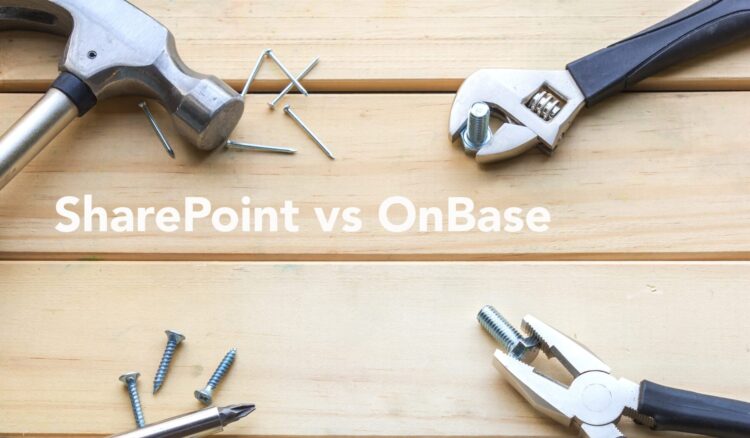Want to learn how SFTP works in the Hyland Cloud? This blog and the video demo below will show you exactly that.
Hyland Cloud: How Does SFTP Work?Hyland Cloud: How Does SFTP Work?
Your Secure File Transfer Protocol (SFTP) is used to file in Cloud Solutions to securely send files to the server for automated import processes such as DIP, COLD and Autofill Keyword Sets. When your solution is first set up in the cloud, you will receive credentials to access the SFTP site.
This will include the URL or host name, SFTP port and the username and password. To be able to log in and access the site, you will need to use SFTP software, Hyland recommends using WinSCP:
1. Once you log in you will see two sides. On the left is your computer’s files, the right will be the Cloud SFTP site.
The Cloud SFTP site will have two folders: incoming and outgoing. Incoming is your import folder, it will be where you will place files to be picked up by the processing server. The outgoing folder is used for exports. Only the incoming and outgoing folders are provided by default. However, you can request that additional folders be created. It is recommended to use a different folder for each import process. For example, in this video’s example, there was a folder for each import method, such as COLD and DIP, and then a folder within that folder for each process of that import method. This can help with troubleshooting and making sure that the processes don’t run into each other.
2. Uploading files is easy once you are connected. You simply find the file on the left side that you wish to upload and then drag and drop it in the folder you want to place it in on the right. The file will be uploaded to the SFTP site and, from there, transferred to the processing server in the Hyland Cloud. Then it can be brought into OnBase through a process such as DIP or COLD.
Best Practices
- It is best practice to zip files up before sending them through SFTP
- It is also recommended to zip up the entire batch in one zip file. This will make sure that the index file is not processed before all of the batch files have been transferred.
- Every file sent up into the cloud should have its own unique name, files may not be moved to the processing server if it shares the same name as a file that was previously uploaded.
- The size of file should be under 2GB, anything bigger than that may run into issues during the upload process.
The most up-to-date documentation about file transfer in the Hyland Cloud can be found on Hyland Community under the Hyland Cloud tab, under the documentation tab, and by clicking on data transfer requirements.
Want More Content Like This?
Subscribe to the Naviant Blog. Each Thursday, we’ll send you a recap of our latest info-packed blog so you can be among the first to access the latest trends and expert tips on workflow, intelligent automation, the cloud, and more.






